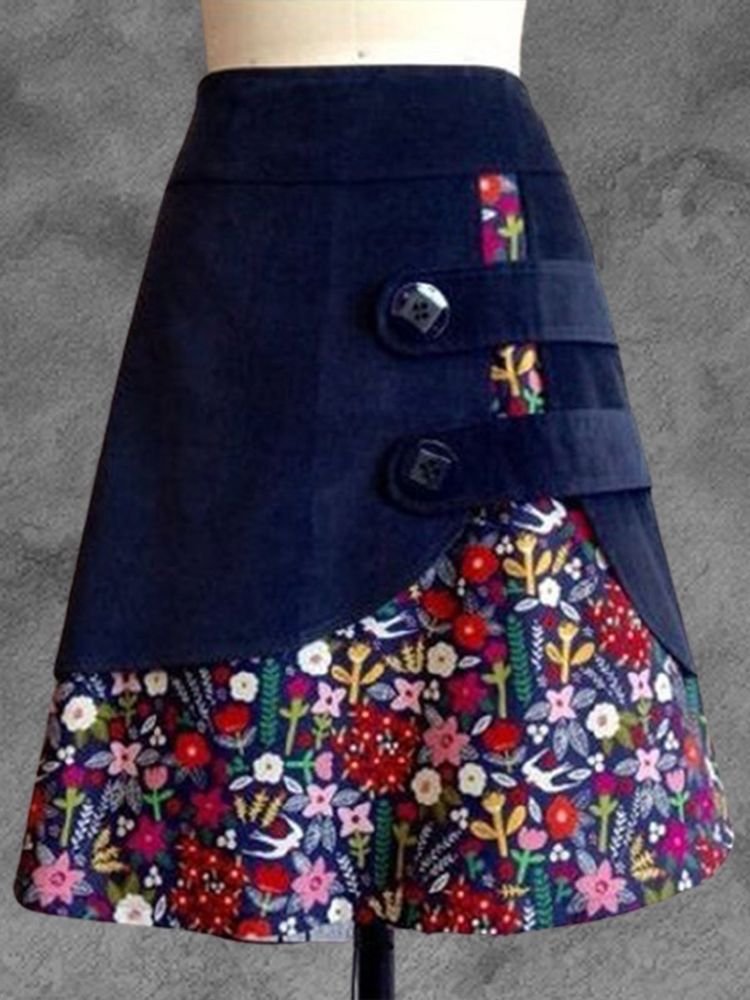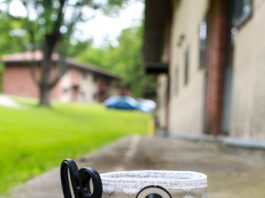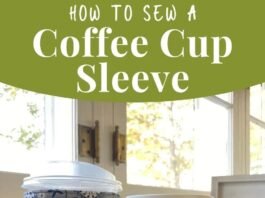Learning how to sew can be a life-changing and fulfilling journey, and if you’re just getting started, this Fabric Skirt for Beginners Tutorial is the perfect place to begin. In 2025, more and more people are turning to sewing and quilting not just as a hobby, but as a way to express creativity, reduce fast fashion dependency, and even build a sustainable wardrobe.
The Fabric Skirt for Beginners Tutorial is an easy, approachable, and rewarding sewing project that introduces you to essential techniques in garment construction. Whether you’re sewing with a machine for the first time or brushing up on your basic quilting skills, this tutorial offers a friendly guide to creating a skirt you’ll be proud to wear.
This guide will walk you through the most important steps, tools you’ll need, fabric suggestions, and tips for customization. You’ll also find answers to frequently asked questions and ideas to level up your beginner sewing game.

1. Choosing the Right Fabric and Supplies
When starting your Fabric Skirt for Beginners Tutorial, the first step is picking the right materials. Choosing the proper fabric is key to how your skirt will drape, feel, and move.
SEE OTHER FACE PATTERNS HERE!
Cotton is a great option for beginners. It’s easy to handle, doesn’t slip, and it comes in countless patterns and colors. Lightweight quilting cotton or poplin are two beginner-friendly types that are breathable and durable.
Make sure to pre-wash your fabric before cutting. This step helps avoid shrinkage after the skirt is completed and ensures the final product fits properly.
You’ll also need a few basic sewing tools: scissors or rotary cutter, pins or clips, a measuring tape, sewing machine, matching thread, and an iron. These are staples in any beginner’s sewing toolkit and will help you build confidence.
Elastic is commonly used for the waistband in beginner skirts. It’s comfortable, flexible, and easy to insert using a simple casing method. Choose elastic that’s 1 inch wide for a soft, secure fit.
Consider buying extra fabric for practice cuts or mistakes. Beginners often make small errors, and having a little extra fabric gives you room to learn without pressure.
2. Measuring and Cutting Your Fabric
Measuring correctly is crucial in the Fabric Skirt for Beginners Tutorial. The great thing about skirts is that they don’t require complicated body measurements to start.
To calculate the fabric width, measure your waist and multiply it by 1.5 or 2, depending on how full you want the skirt. A fuller skirt will be more gathered at the waist, offering a flowy silhouette.
For the length, decide how long you want the skirt to be—mini, midi, or maxi—and add about 2–3 inches for the hem and waistband.
Once you have your dimensions, use your ruler or measuring tape to draw a rectangle on your fabric. Always double-check your measurements before cutting to ensure accuracy.
Cutting with a rotary cutter and self-healing mat can give you cleaner lines, especially for straight hems, but sharp fabric scissors work well too.
After cutting, iron your fabric to eliminate any creases. Working with flat, smooth fabric is much easier and more precise.
Don’t forget to cut an extra strip of fabric (about 3 inches wide) for the waistband casing. This step is often missed by beginners, so include it in your planning.
3. Sewing the Skirt Together
Now that your fabric is cut and ready, it’s time to sew your beginner-friendly skirt! This is where the Fabric Skirt for Beginners Tutorial really starts to come to life.
First, fold your fabric in half (right sides together) and sew down the side seam using a straight stitch. This forms the main body of your skirt.
Next, press the seam open with an iron. This reduces bulk and makes your skirt more professional-looking.
To create the waistband, fold the top edge over ¼ inch and press. Then fold again about 1.5 inches to form the casing for your elastic. Stitch close to the edge, leaving a small gap to insert the elastic.
Attach a safety pin to one end of your elastic and feed it through the casing. Be patient—it takes a little time but becomes easier with practice.
Once the elastic is through, sew the ends together securely and close the gap in the waistband casing.
Finally, hem the bottom by folding ½ inch twice and sewing around the edge. Use pins or clips to help keep everything in place as you sew.
4. Styling and Customizing Your Skirt
Once you’ve completed the basic skirt, the fun really begins! This Fabric Skirt for Beginners Tutorial isn’t just about construction—it’s also about creativity.
One of the easiest ways to personalize your skirt is by choosing unique prints or seasonal fabrics. Floral for spring, plaid for fall, or solids for everyday wear.
Adding pockets is a great next-level skill for beginners. There are plenty of simple pocket tutorials online that you can add once you’re comfortable.
Decorative stitching or lace trims around the hem can turn a basic skirt into something truly special. It’s all in the details!
Try making matching accessories like a scrunchie or headband with leftover fabric. These are beginner-friendly projects that let you make use of every scrap.
If you’re feeling adventurous, experiment with tiered skirts or adding pleats for extra volume and design variation.
Lastly, document your progress! Take pictures of your work to track improvement, and don’t be afraid to show off your handmade creations on social media.
FAQ: Fabric Skirt for Beginners
Q: How much fabric do I need to make a beginner skirt?
A: For a simple skirt, you’ll typically need 1 to 2 yards of fabric, depending on the desired length and your waist measurement.
Q: Can I sew a skirt without a sewing machine?
A: Yes, you can hand-sew it, but it will take longer. A sewing machine provides cleaner stitches and faster results—great for beginners.
Q: What type of elastic should I use for the waistband?
A: Use soft, knit, or braided elastic that’s about 1 inch wide. It provides comfort and flexibility.
Q: Do I need to use a pattern?
A: Not necessarily. This Fabric Skirt for Beginners Tutorial uses simple measurements, so no pattern is required, making it ideal for first-timers.
Q: How do I keep the fabric from fraying?
A: Use a zigzag stitch or pinking shears along raw edges to prevent fraying, especially if you don’t have a serger.
Q: Is this tutorial suitable for children’s skirts?
A: Yes! Just adjust the measurements to the child’s size. It’s a great way to make custom, adorable skirts for kids too.
Conclusion
The Fabric Skirt for Beginners Tutorial is the ideal starting point for anyone looking to enter the world of sewing and quilting with a functional and fashionable project. We covered everything from choosing the right fabric and supplies to measuring, sewing, and styling your own handmade skirt.
Sewing doesn’t have to be intimidating. With a little patience and creativity, you’ll be amazed at what you can create. Now it’s your turn! 💖 Leave us a comment with your honest opinion about this tutorial and share any suggestions or ideas you have—we love hearing from you. Happy sewing! 🧵👗✂️




